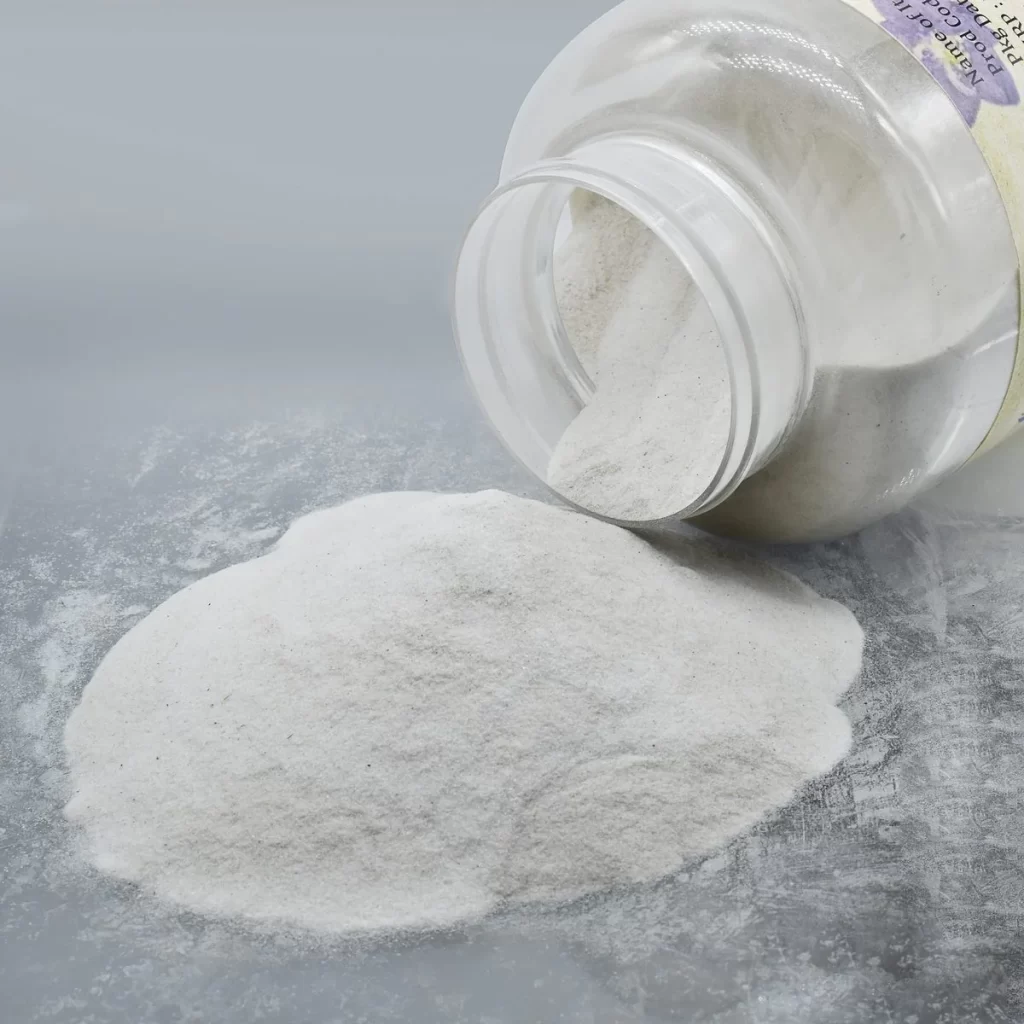10 major changes after ultrafine crushing of powder materials

The various changes that occur to the crushed materials during the crushing process are insignificant compared to the coarse crushing process, but for the ultra-fine crushing process, due to reasons such as high crushing intensity, long crushing time, and large changes in material properties, it is seems important. This change in the crystal structure and physical and chemical properties of the crushed material caused by mechanical ultrafine crushing is called the mechanochemical effect of the crushing process.
1. Changes in particle size
After ultrafine grinding, the most obvious change in the powder material is the finer particle size. According to different particle sizes, ultrafine powders are usually divided into: micron level (particle size 1 ~ 30 μm), submicron level (particle size 1 ~ 0.1 μm) and nano level (particle size 0.001 ~ 0.1 μm).
2. Changes in crystal structure
During the ultrafine crushing process, due to the strong and lasting mechanical force, the powder material undergoes lattice distortion to varying degrees, the grain size becomes smaller, the structure becomes disordered, amorphous or amorphous substances are formed on the surface, and even Polycrystalline conversion. These changes can be detected by X-ray diffraction, infrared spectroscopy, nuclear magnetic resonance, electron paramagnetic resonance, and differential calorimetry.
3. Changes in chemical composition
Due to the strong mechanical activation, the materials directly undergo chemical reactions under certain circumstances during the ultrafine crushing process. Reaction types include decomposition, gas-solid, liquid-solid, solid-solid reaction, etc.
4. Changes in solubility
Such as the dissolution of powdered quartz, calcite, cassiterite, corundum, bauxite, chromite, magnetite, galena, titanium magnetite, volcanic ash, kaolin, etc. in inorganic acids after fine grinding or ultra-fine grinding Both speed and solubility are increased.
5. Changes in sintering properties
There are two main types of changes in thermal properties of materials caused by fine grinding or ultra-fine grinding:
First, due to the increased dispersion of materials, solid-phase reactions become easier, the sintering temperature of the products decreases, and the mechanical properties of the products are also improved.
The second is that changes in crystal structure and amorphization lead to a shift in crystal phase transition temperature.
6. Changes in cation exchange capacity
Some silicate minerals, especially some clay minerals such as bentonite and kaolin, have significant changes in cation exchange capacity after fine or ultra-fine grinding.
7. Changes in hydration performance and reactivity
Fine grinding can improve the reactivity of calcium hydroxide materials, which is very important in the preparation of building materials. Because these materials are inert or not active enough for hydration. For example, the hydration activity of volcanic ash and its reactivity with calcium hydroxide are almost zero at the beginning, but after fine grinding in a ball mill or vibrating mill, they can be improved to almost those of diatomaceous earth.
8. Electrical changes
Fine grinding or ultra-fine grinding also affects the surface electrical and dielectric properties of minerals. For example, after biotite is impacted, crushed and ground, its isoelectric point and surface electrokinetic potential (Zeta potential) will change.
9. Changes in density
After grinding natural zeolite (mainly composed of clinoptilolite, mordenite and quartz) and synthetic zeolite (mainly mordenite) in a planetary ball mill, it was found that the density of these two zeolites changed differently.
10. Changes in properties of clay suspensions and hydrogels
Wet grinding improves the plasticity and dry flexural strength of clay. On the contrary, in dry grinding, the plasticity and dry bending strength of the material increase in a short period of time, but tend to decrease as the grinding time increases.
In short, in addition to the properties of raw materials, feed particle size and crushing or activation time, factors that affect the mechanochemical changes of materials also include equipment type, crushing method, crushing environment or atmosphere, crushing aids, etc. It is undoubtedly necessary to pay attention to the combined influence of these factors in the study of mechanochemistry.
